Toy Industries of Europe: Interview Maarten Roos - IPR Protection
1. What do you see as the biggest issues for toy companies in relation to protecting their IPR in China?
At the moment, few toy companies focus on the Chinese market. Thus for most, the biggest challenge is combroatting counterfeit products coming from China. One particularly prevalent issue is that toy companies may have not registered their rights in China, making it difficult to take action against the infringer directly. Another issue is that if the infringement is only a case of parasitic copying trade dress (i.e. whereby the exterior design mimics that of the genuine product, also known as trade dress or knock-offs), there is very little legal basis to take action under Chinese laws.
2. What advice would you give to toy companies that manufacture in China?
Toy companies that manufacture in China should ensure that:
- all their valuable intellectual property rights (such as brands and designs/technologies) are duly registered under Chinese law
- they have adequate control over their supply chain and customers through contractual arrangements in order to make it more difficult for IPR to be infringed
- they actively collect information on infringers and infringements in China
If these steps are followed, an effective IP enforcement strategy can be determined and implemented.
3. What advice would you give to toy companies that do not manufacture in China but still see IP infringing products coming from China?
Companies in this category have two options: they can fight the infringement in Europe or they can do so in China. It is best to have both options available, but then IP rights must be duly registered in China. If we think about trademarks: should a brand owner that is not manufacturing or selling in China, register its trademark in China? The clear answer is yes.
4. Are the different measures available affordable for SMEs?
Yes, to a certain extent. Registration of trademarks and design patents in China is easy and cheap. Having proper contractual clauses in place is not expensive either. Enforcement measures are more expensive, but one should always balance the cost of these measures with the impact of an infringement. IP enforcement actions can be expensive. Thus, spending €10,000-30,000 to stop a small infringer is not likely to be worthwhile, but if the infringer is a big company and it is threatening the IP owner’s market share, then the investment is easier to justify.
5. How long does it take for companies to establish IP rights in China?
It depends on the IP rights. Trademarks take 12-24 months to be registered, design and utility model patents 12-18 months, and invention patents 2-5 years. Contractual clauses can be signed as quickly as a lawyer can draft them and the other part is willing to sign.
6. What can companies do to avoid IP infringing toys leaving China with the European market as their destination?
One important question is what are these toys infringing? If it is parasitic copying, then there is very little that the IP owner can do since under Chinese laws, there may not be an infringement. Trademark and, to a lesser extent, copyright and design patent infringements can be countered by recording these IP rights with Chinese customs. If they find an infringement, they will stop the shipment and give the IP owner the opportunity to file a lawsuit. More generally, IP owners should consider actively pressuring infringers in China, including at trade fairs and by sending cease and desist letters.
7. Is there anything companies can do if these products make it to the European market?
The products can be used as preliminary evidence to start an action in China. However, a more direct avenue would be to use European laws to have the product seized.
8. Toy manufacturers often say that parasitic copies coming from China are their biggest IPR worry. Is there a solution to this problem?
There is no satisfactory legal solution. Parasitic copying is illegal in China only under the Unfair Competition Law, but a condition is that the copied designs are famous in China. This is often not the case. Still, owners could try to involve other IP rights to put pressure on infringers, for example promote brand names rather than trade dress.
9. With over 85% of counterfeit toys in the EU imported from China, is the Chinese government willing to help companies dealing with IP infringing toys manufactured in China?
The Chinese legal system offers a variety of ways for IP owners to combat infringers. Unfortunately, tackling infringers is not the Chinese government’s only priority, and it clearly has resource restraints. Worse, at local levels, IP infringement is sometimes not a priority at all. In any case, IP owners must first ensure that their IP rights are properly registered under Chinese law. Then, with the right information, action can be taken. Lobbying helps, but it must be understood that lobbying with the Chinese government at state level does not solve the problem. We depend on local courts, customs offices and other government departments to enforce IP rights in an appropriate way.
About TIE
Toy Industries of Europe (TIE) is the trade association for the European toy industry. The toy industry is highly international and is one of the most dynamic business sectors in Europe. Over 99% of the sector is composed of small and medium sized enterprises (SMEs), which have less than 50 employees. Members of TIE include corporate companies as well as national associations from Bulgaria, France, Germany, Italy, the Netherlands, Spain, Sweden, the UK and the Nordic region. TIE membership is open to both corporate companies with a presence in Europe and national associations from European Union Member States (including candidate countries).
